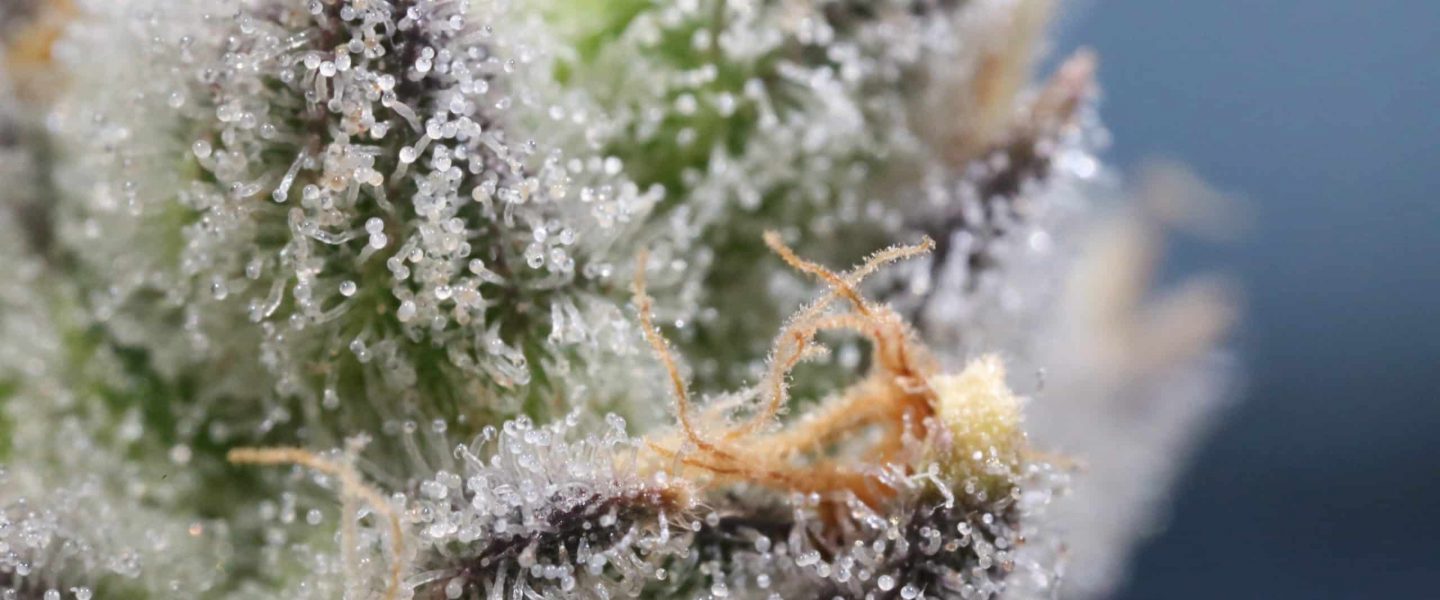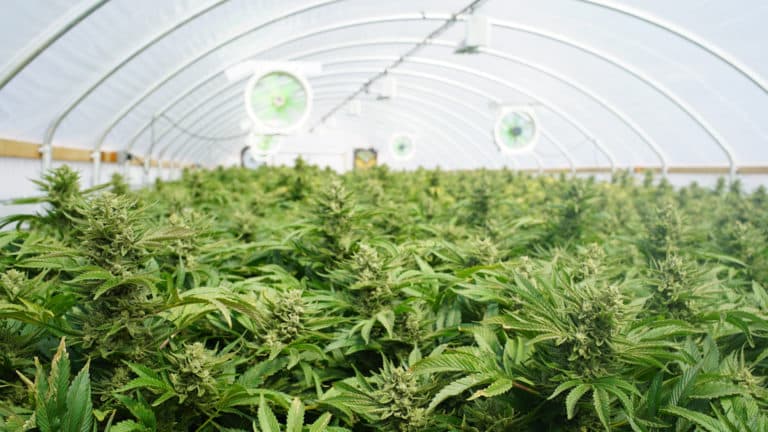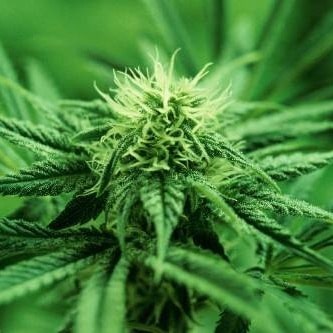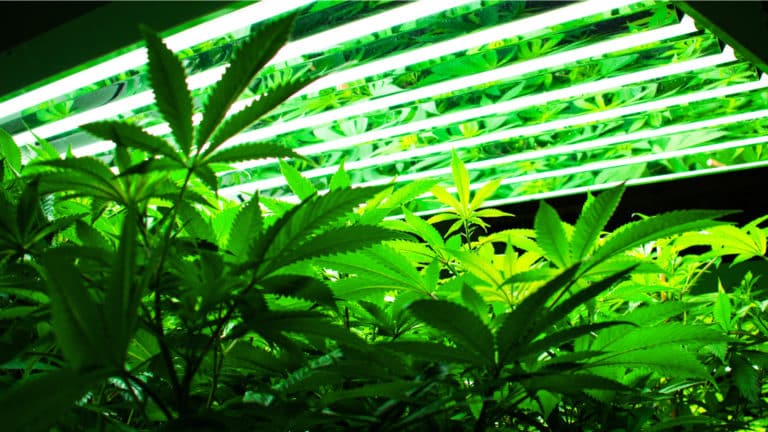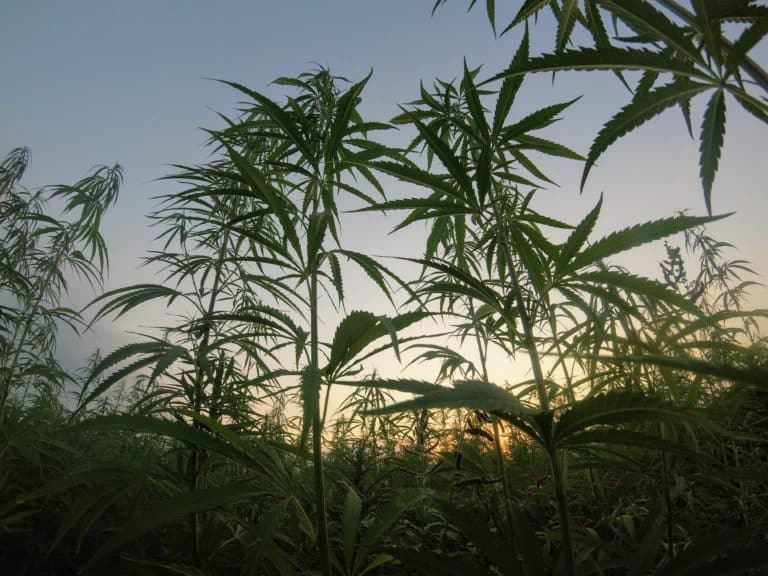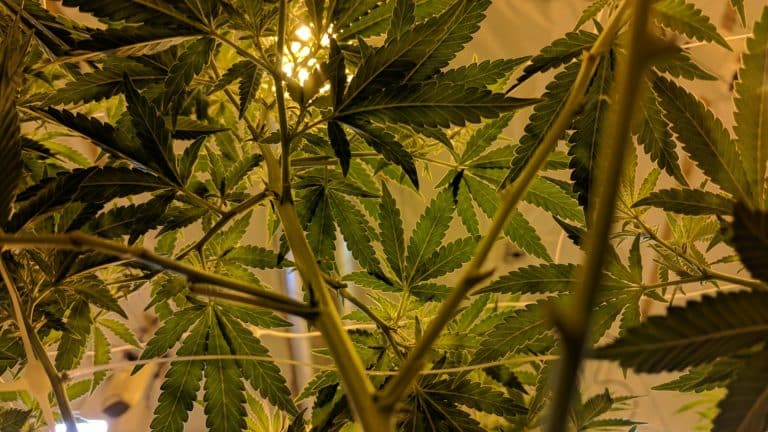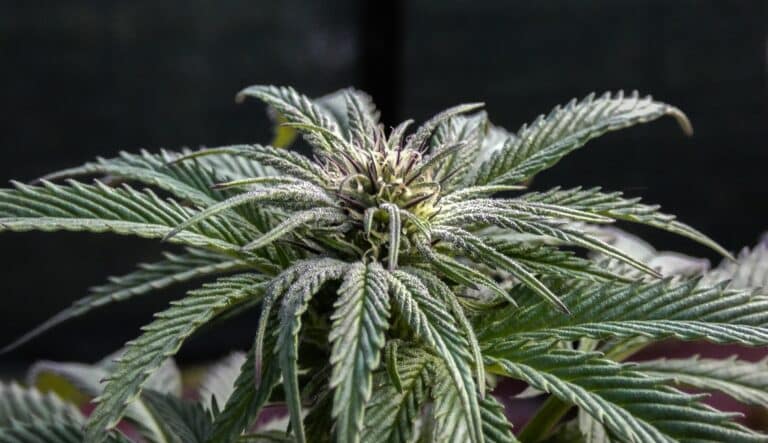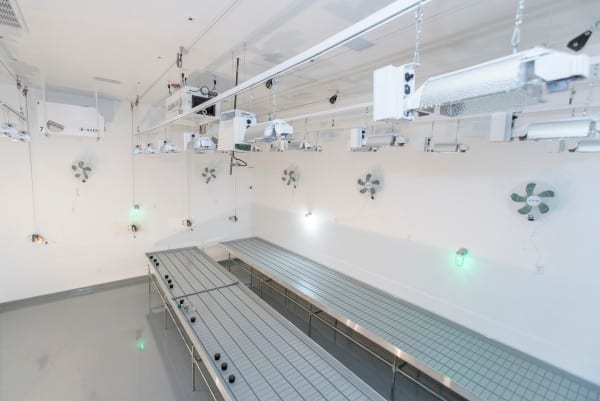
Setting up your cannabis growing operation so you’re producing the highest quality plants is important. But when it comes, specifically, to grow room climate control and dehumidification, you’re doing something, arguably, more important than just tweaking the quality of your product: You’re protecting your investment from potential total loss that can result from mold and mildew problems like bud rot and powdery mildew.
That’s why it’s so essential to plan ahead and figure out the right commercial dehumidifier setup for your cannabis grow. We’ve pulled together a few top tips from field experts, to help you determine what will work best for your operation.
When assessing capacity, remember the importance of temperature
“People need to consider dehumidification operation under different temperatures,” said John Pratt Jr., factory representative for Quest Dehumidifiers. “Dehus have different production under different temperatures. And if you don’t correct for that, you might end up without enough dehumidification capacity.”
Temperature affects dehumidification because nearly all dehumidifiers use cooling technology to pull liquid from the air (it’s the same physics that makes your cold beer bottle sweat on a hot day). They simply are not as efficient in cooler temperatures.
Commercial dehumidifiers come with a rating that defines their capacity for pulling water from the air in “pints per day,” or PPD. That capacity rating is set by the AHAM (Association of Home Appliance Manufacturers) as the maximum amount of water a dehumidifier will pull in 60 percent relative humidity at 80˚ F.
So if your grow room generally sits below 80F—and most do, especially in cooler climates—you will need to correct the capacity of your dehumidification when you set up your room by adding additional dehumidifiers or getting units with a higher rated capacity.
Redundancy = safety
“The next important piece in figuring out your setup is the importance of having multiple units,” Pratt said. “Running multiple units might sound concerning because you’ve got to watch your energy costs, but that’s also why you have to be sure you’re running dehumidifiers that are really efficient.”
“You’re protecting your major investment—the flower. And if all you have is one rooftop unit and it goes down, you’re in trouble. But if you have three, four or even 15 evenly spread out you still have a lot of dehumidification if one unit goes down,” Pratt said.
Joaquin Morelli, facilities director for Phat Panda and Grow Op Farms in Spokane, Washington, agrees. Morelli manages all facility operations at the 60,000-square-foot facility, and he’ll have 25-plus dehumidifiers running at the same time.
Morelli also said he likes to “over-size” when calculating his dehumidification needs by about 30 percent. That means if he calculates he needs about 1,000 PPD removed from his environment, he’ll plan to remove 1,300 so he can deal with any temperature-related capacity reductions and the spikes in humidity that occur throughout the day while also having the redundancy needed to ride out any potential outages. That often means running numerous dehumidifiers and looking for high-capacity commercial dehumidifiers.
Plan your placements
Getting the right commercial dehumidifiers in your grow room matters, but so does where you place those dehumidifiers. One consideration is spacing—you generally want to keep about eight feet between your units. But there are additional placement concerns, too.
“You definitely don’t want dehumidifiers dumping hot, dry air directly onto the plants; you want to disperse it into the ambient air,” Pratt said.
You also don’t want your dehumidifiers anywhere near the exhaust for the AC, as “pouring cold, dry air onto the dehumidifier would limit its capabilities,” Pratt said.
If placing your dehumidifiers in your grow room is a challenge, and hanging overhead isn’t feasible, ducting from an adjacent room can be a good solution. This will allow you to draw the wet air out of the room through a duct, pass the air through the dehumidifier, and then duct the dry air back into the room.
“Some people don’t have space in the actual grow, so they’ll duct in from an adjacent room or attic space—some people don’t know that’s possible,” Pratt said. Though he cautioned, “You don’t want to run the ducting a really long distance, keep it under 30 feet.”
When planning for your dehumidification needs in your cannabis grow, remember that you’re planning for the health and safety of your investment. Plan ahead and think through the amount of water you’re introducing into your growing environment, your operating temperatures, and your equipment placement. And be sure to keep in mind how important the concept of redundancy is to protecting your crop—and your investment.

